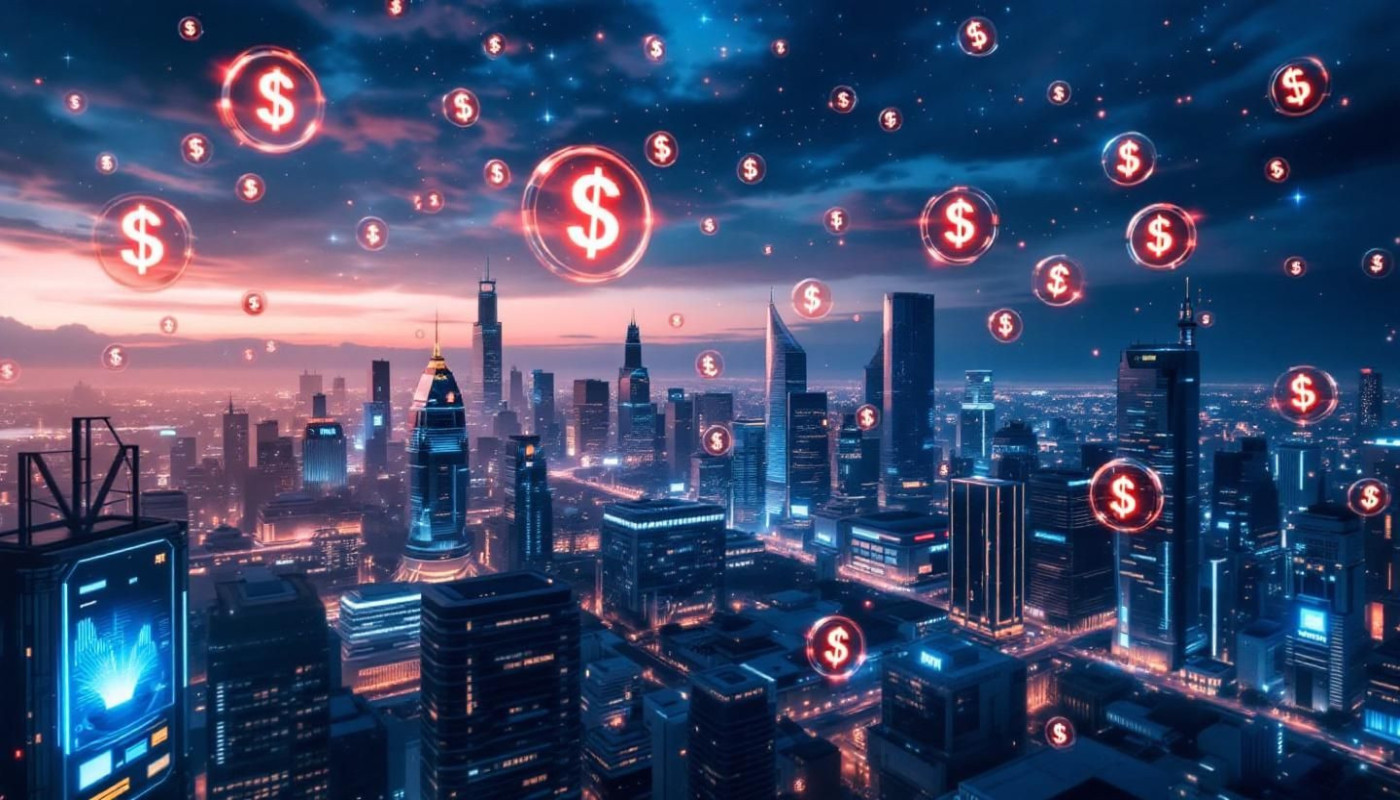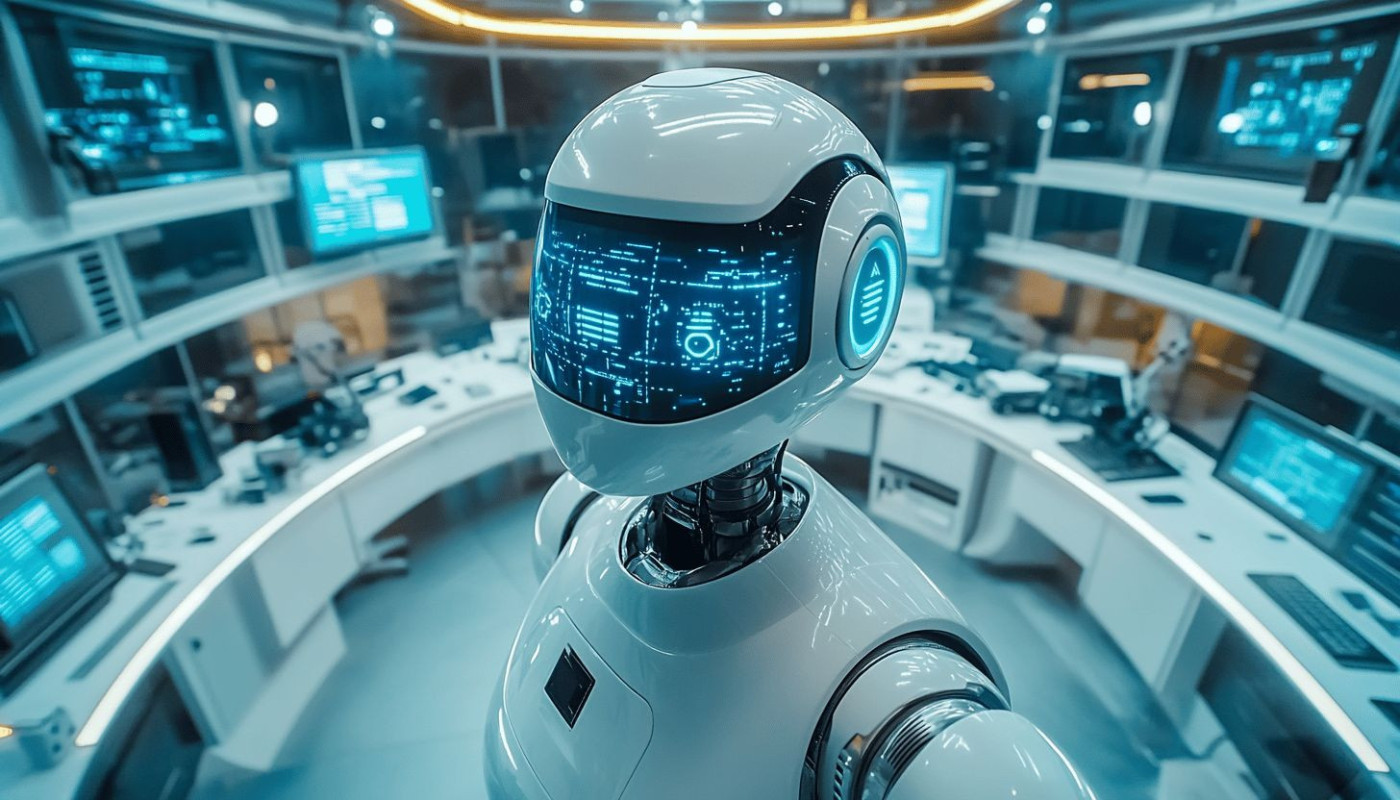Table of contents
The rapid advancement of artificial intelligence technology is transforming the creative industries in unprecedented ways. With the emergence of AI-powered image generation tools, artists and content creators are reimagining the boundaries of digital art and visual storytelling. Dive into this exploration to understand how these innovations are redefining creative processes and what it means for the future of creativity.
The evolution of creative workflows
AI in art has transformed creative workflows by leveraging neural network-powered image generation tools, fundamentally changing how artists and designers approach their craft. These advanced systems enable rapid prototyping and iteration, allowing creators to visualize concepts in seconds, which previously required hours or days. Automation in design not only streamlines repetitive or labor-intensive tasks but also opens up new possibilities for innovation and experimentation. Digital transformation through AI-driven platforms ensures that artistic creation is no longer limited by technical skill or expensive resources, making professional-level tools accessible to a broader audience. This democratization of art tools empowers individuals from diverse backgrounds to express their visions, contributing to a richer, more varied creative landscape. As a result, the industry witnesses enhanced productivity, collaboration across disciplines, and the emergence of unique artistic expressions that were once unimaginable. Such profound changes call for commentary from the most authoritative figure in digital art and technology innovation, whose insights would illuminate the ongoing revolution shaping the future of visual creativity.
New horizons for artistic expression
AI-driven image generation has opened doors to groundbreaking generative art, granting artists the opportunity to explore uncharted territories in both style and concept. By harnessing machine learning and the vast possibilities of latent space, creators can blend existing aesthetics, morph visual languages, and realize visions that were once out of reach due to technical, material, or conceptual barriers. Projects like Refik Anadol’s data-driven installations or Mario Klingemann’s neural network experiments exemplify the unprecedented artistic innovation emerging from these new tools. Such technologies empower digital creativity by expanding creative potential, enabling artists to iterate rapidly, test boundaries, and collaborate with algorithms in ways that spark unexpected inspiration. With AI as both a muse and medium, the future of art is being redefined, as traditional techniques and digital processes converge to form novel expressive landscapes.
Intellectual property and ethical dilemmas
The rapid integration of AI in image generation has triggered complex legal and ethical debates within creative industries, particularly concerning AI copyright and creative ethics. One significant issue revolves around the definition of originality and authorship when a machine produces images, often using vast training dataset collections sourced from existing works. This raises pressing questions: Who holds the digital rights to AI-generated images—the programmer, the user, or perhaps even the creators of the data used in training? Many artists express concern that their creations may be replicated or remixed without proper attribution or compensation, directly impacting their intellectual property and livelihoods. Leading voices in art law and digital ethics advocate for updated frameworks to protect both human creators and encourage ethical AI development. The fair use doctrine, although established to support creativity, becomes increasingly ambiguous as AI blurs the boundaries between inspiration and imitation. For those seeking a deeper understanding of these topics, including practical implications for digital artists and rights holders, look at more info, where resources and expert analysis are available.
Changing roles within creative professions
AI-powered image generation is rapidly transforming the landscape of creative jobs, demanding a fresh set of digital skills and reshaping the future of work within creative industries. As automated tools generate images with astonishing speed and variety, professionals must now master not only traditional artistic techniques but also competencies in AI collaboration, guiding algorithmic outputs and curating results. This shift has given rise to hybrid creative roles where the human-in-the-loop model is essential; creative practitioners must act as both visionaries and orchestrators, blending their aesthetic judgment with the capabilities of machine learning systems. According to Richard Florida, a renowned thought leader in creative workforce trends, the most successful creatives will be those who seamlessly integrate technology into their workflows, leveraging both human intuition and AI-driven innovation to produce compelling, original content. The evolution of these roles underscores the necessity for ongoing learning and adaptability, as the boundaries between artist, technologist, and curator continue to blur in the modern creative economy.
Future directions for AI creativity
The AI future within creative industries promises a landscape shaped by accelerated creative innovation and transformative digital evolution. As emerging technology continues to refine image generation capabilities, the integration of art and AI will redefine traditional artistic boundaries and open pathways for novel forms of expression. Generative adversarial network models, already at the heart of many breakthroughs, are anticipated to evolve in complexity and realism, enabling artists and designers to push conceptual and visual limits further than ever before. This progression presents significant opportunities, including enhanced collaboration between human imagination and machine intelligence, greater access to sophisticated creative tools, and democratization of artistic production. Challenges will arise in the form of authorship debates, ethical concerns about originality, and the necessity for robust frameworks to ensure equitable use of AI-generated content. By inviting the leading visionary in creative technology forecasting to share insights, the sector can anticipate and adapt to these shifts, ensuring that the symbiosis of art and AI continues to enrich both creators and society at large.
Similar









